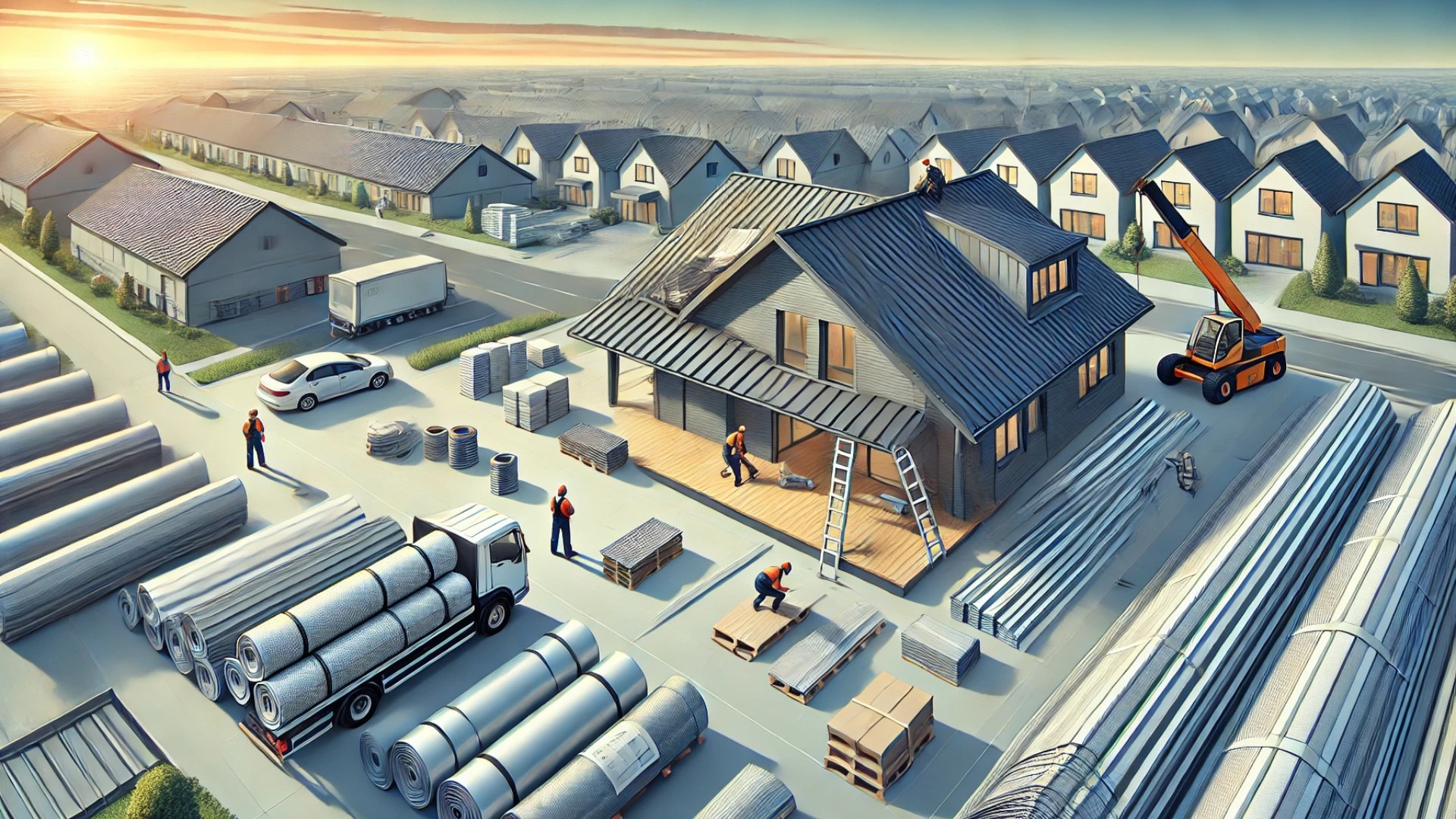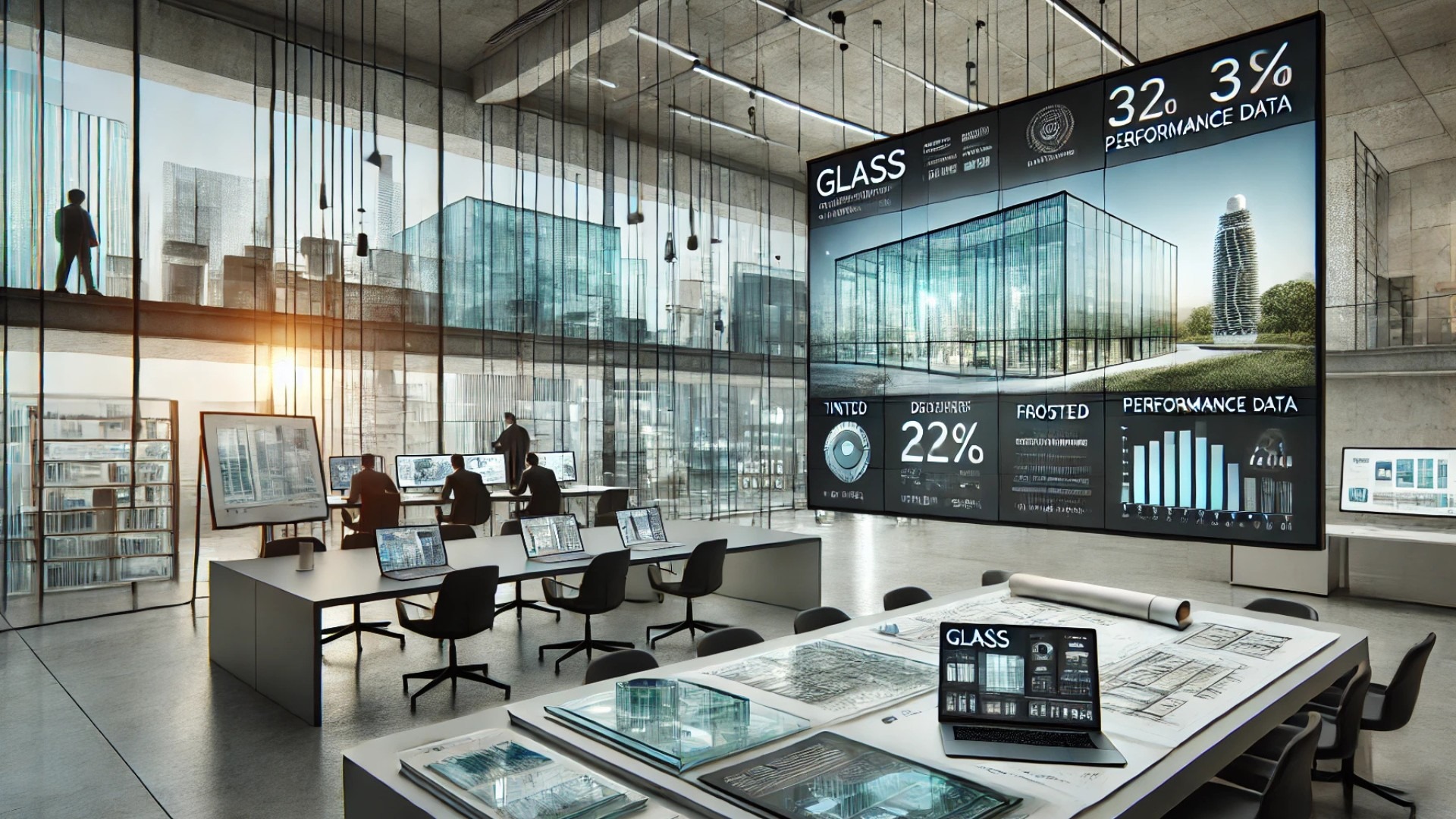
Reimagining the Embodied Carbon Dialogue
In the race towards sustainability, the conversation around embodied carbon has often been confined to the realms of architectural design and material selection. However, to truly tackle this critical issue, we must expand the dialogue beyond traditional venues. The implications of embodied carbon, which refers to the total greenhouse gas emissions generated during the production of building materials, are enormous. Every strategy involving materials, construction methods, or design must integrate a holistic view to minimize our carbon footprint.
Understanding the Importance of Outdoor Spaces
Outdoor spaces play a vital role in our community's well-being and sustainability initiatives. By considering how buildings interact with the environment and utilizing nature-based solutions, we not only reduce embodied carbon but also enhance the livability of our communities. Green roofs, for instance, can sequester carbon whilst providing aesthetic and thermoregulatory benefits, creating an array of advantages that extend beyond mere structural purposes.
Innovative Strategies to Reduce Embodied Carbon
Several innovative strategies can be implemented to reduce embodied carbon in roofing projects. Utilizing local materials can significantly decrease the transport emissions associated with construction. Furthermore, adopting alternative materials such as recycled metals or sustainably sourced wood not only lowers the embodied carbon but also promotes a circular economy— a concept gaining traction in modern architecture.
Connecting with Nature: Practical Insights
Embracing local materials and integrating vegetation into designs aren’t merely economic decisions; they harmonize the built environment with nature. This approach emphasizes a symbiotic relationship with our surroundings, leading to developed spaces that contribute positively to our immediate ecosystems. Techniques such as bio-infiltration systems or rain gardens are effective in mitigating runoff, thus Lessening environmental impact.
Future Predictions: The Path of Sustainable Architecture
The future of architecture and construction must reflect a commitment to sustainability. We can anticipate advancements in manufacturing processes to yield lesser emissions, driven by a market increasingly demanding environmentally responsible practices. As architects and builders evolve in their processes, so too will our materials, leading to database-driven decisions that prioritize the planet without compromising aesthetic appeal or functionality.
Decision-Making with Environmental Impact in Mind
Decisions made today about building materials and designs will significantly impact future sustainability efforts. The more we prioritize outdoor integration and sustainability in our projects, the better equipped we will be to handle the environmental challenges ahead. Building owners and developers have a critical role to play in this shift; advocating for changes that benefit the environment is now more essential than ever. Their influence can drive the industry towards achieving more sustainable outcomes on a larger scale.
As the urgency for sustainable solutions grows, so does the responsibility to engage in these vital conversations. It’s time to take our embodied carbon discussions outside, engaging not only architects and builders but also the community at large. By fostering collaboration and shared understanding, we can pave the path toward a more sustainable future, transforming our built environment into a beacon of ecological foresight.
 Add Row
Add Row  Add
Add 

 Add Row
Add Row  Add Element
Add Element 




Write A Comment